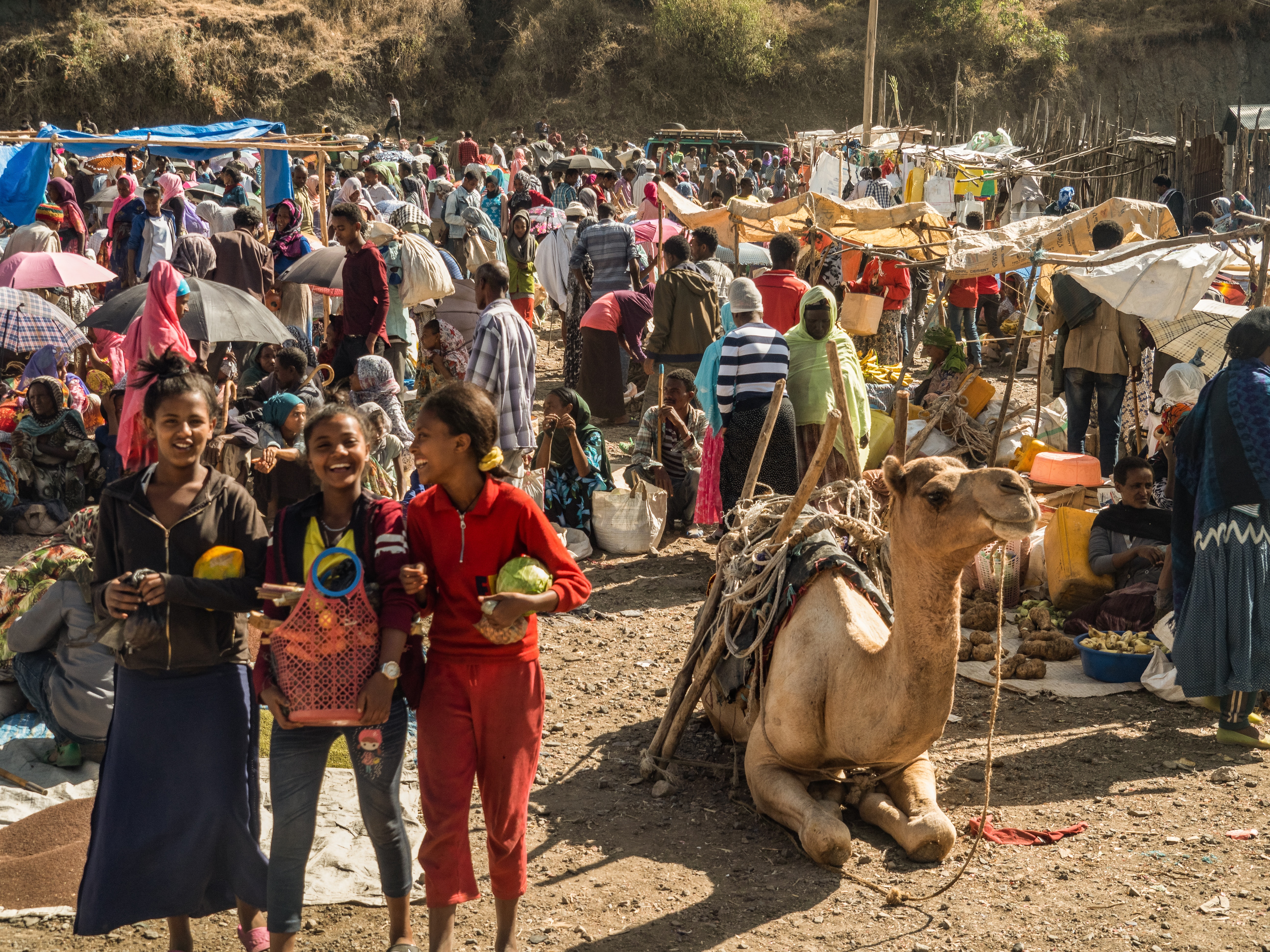Ethiopia
Both household-level and systemic changes are needed to ensure that households in Ethiopia are able to withstand frequent, prolonged shocks, such as drought.
Overview
Ethiopia has experienced significant poverty reduction in recent years, but is one of the most shock-prone areas of the world. Strengthened resilience is required at the household, community and systemic levels.
Risk Environment
Ethiopia is vulnerable to a range of natural hazards, including weather-related risks, plant and animal pests and diseases, and environmental degradation. Droughts are more frequent, severe rainfall is more variable and temperatures are rising. Conflict and insecurity have increased in many parts of the country, and inflation, unemployment and economic inequities affect most communities. Shocks and stresses associated with all these factors put development gains at risk and place a significant burden on the national government and the international humanitarian community.
Resilience Approach
Resilience-strengthening efforts in the highlands and lowlands build on the Government of Ethiopia’s Productive Safety Net Program (PSNP) interventions to build community cohesion and empower women, strengthen local and regional market systems, support disaster risk management systems, diversify livelihood options and create employment opportunities. The PSNP, to which USAID is the largest bilateral donor, is one of the largest safety net programs in the world and has a current caseload of nearly eight million clients. The program aims to prevent the depletion of household assets and rehabilitate and enhance the natural environment through labor-based public works.
Pastoralist communities in Ethiopia’s lowlands are particularly vulnerable to weather-related shocks and have a history of costly humanitarian assistance. Activities that have been particularly successful for building resilience in such areas work to:
- Improve market linkages to help promote commercial herd management.
- Increase access to key livestock inputs and better livestock health services.
- Support the construction of water harvesting and water management schemes.
- Support financial inclusion and livelihood diversification.
Opportunities for Strengthening Resilience
The recent drought demonstrated a number of factors that help boost households’ recovery from shocks in Ethiopia. These include increased pastoralist access to fodder, water, markets and veterinary services; livelihood opportunities; investing in human and social capital; and increasing access to hazard insurance and correctly timed food and cash transfers. However, limited opportunities for livelihood diversification, coupled with a lack of off-farm income sources and an increasing number of landless youth, pose significant challenges to the country. Systemic impediments to community resilience must be addressed through programming that complements household-level interventions.
Ethiopia’s Resilience Learning Activity

Related Resources
USAID/Ethiopia Resilience Learning Activity Brief: Social Network Analysis
10 Apr 2024 - USAID/Ethiopia
The U.S. Agency for International Development (USAID) Ethiopia Resilience Learning Activity (RLA) conducted a baseline social network analysis from September 18 - 25, 2023 to explore the learning and collaboration...
Learning Agenda - Navigating Resilience with a Shared Vision
04 Apr 2024 - USAID/Ethiopia
The video showcases RLA’s experience in developing a collective learning agenda. USAID Ethiopia’s Resilience Learning Activity (RLA) is a “learning sidecar” for USAID Ethiopia and its resilience partners.
USAID/Ethiopia Resilience Learning Activity: Systems Mapping of Gendered Impacts from Conflict
29 Mar 2024 - USAID/Ethiopia
This brief presents highlights from a Resilience Learning Activity (RLA) systems mapping analysis of gendered impacts of conflict on communities’ resilience to shocks across U.S. Agency for International Development...
USAID/Ethiopia Resilience Learning Activity: The Effects of the Northern Conflict on Women and Men in the Amhara Region
29 Mar 2024 - USAID/Ethiopia
This brief summarizes the findings from the Gender and Conflict Analysis conducted to understand the effects of the Tigray conflict on women and men in the Amhara Region.




